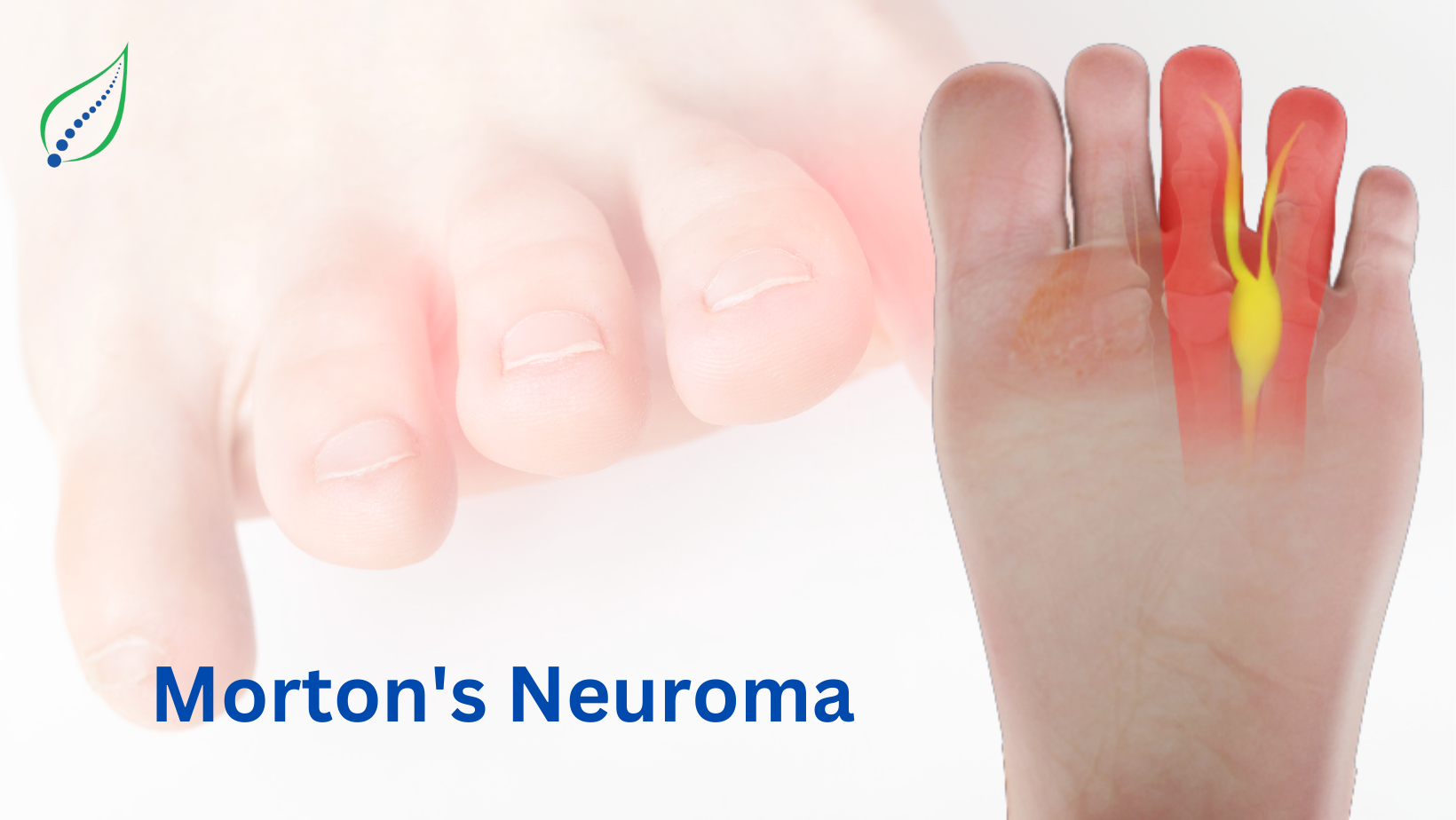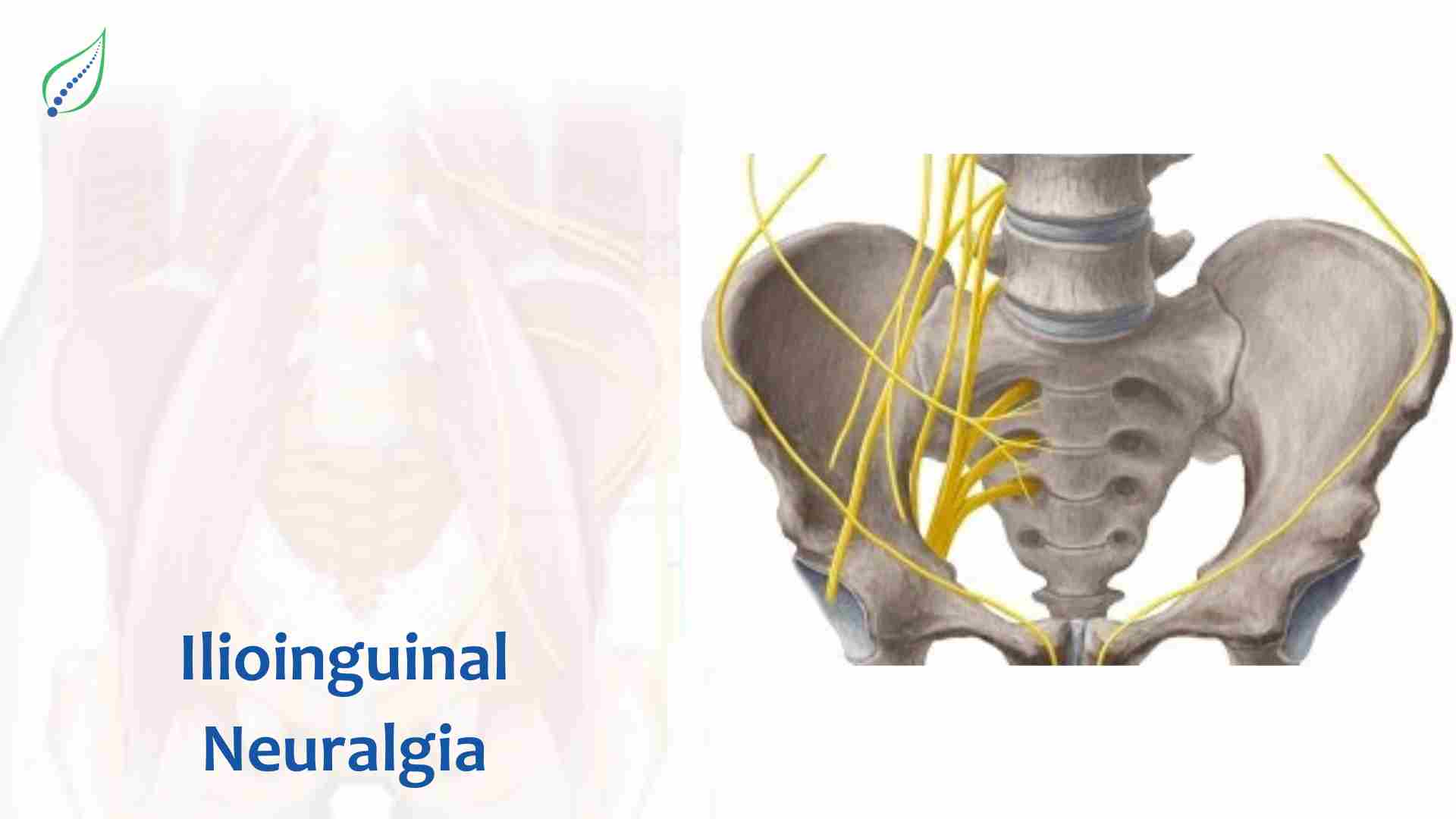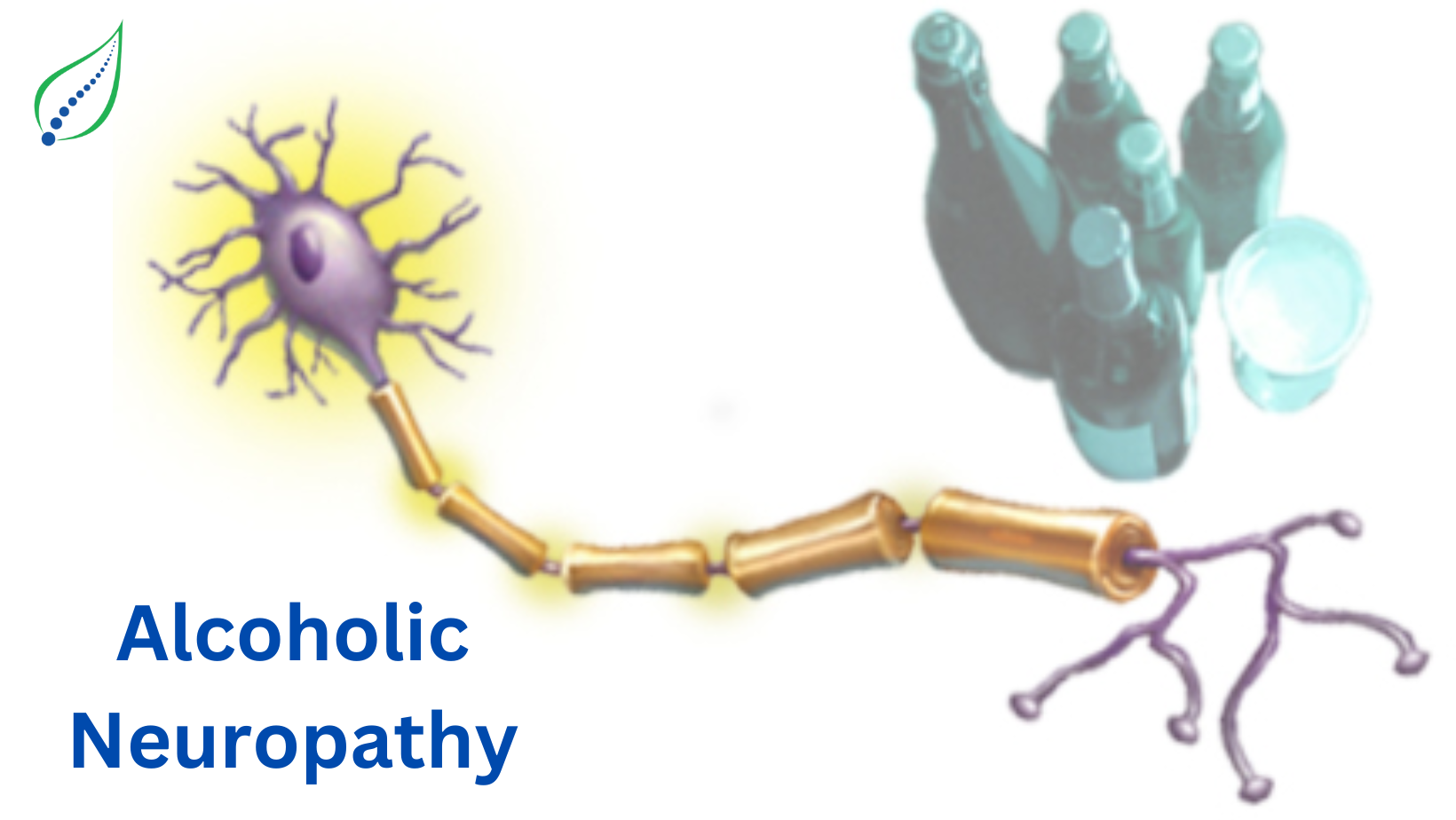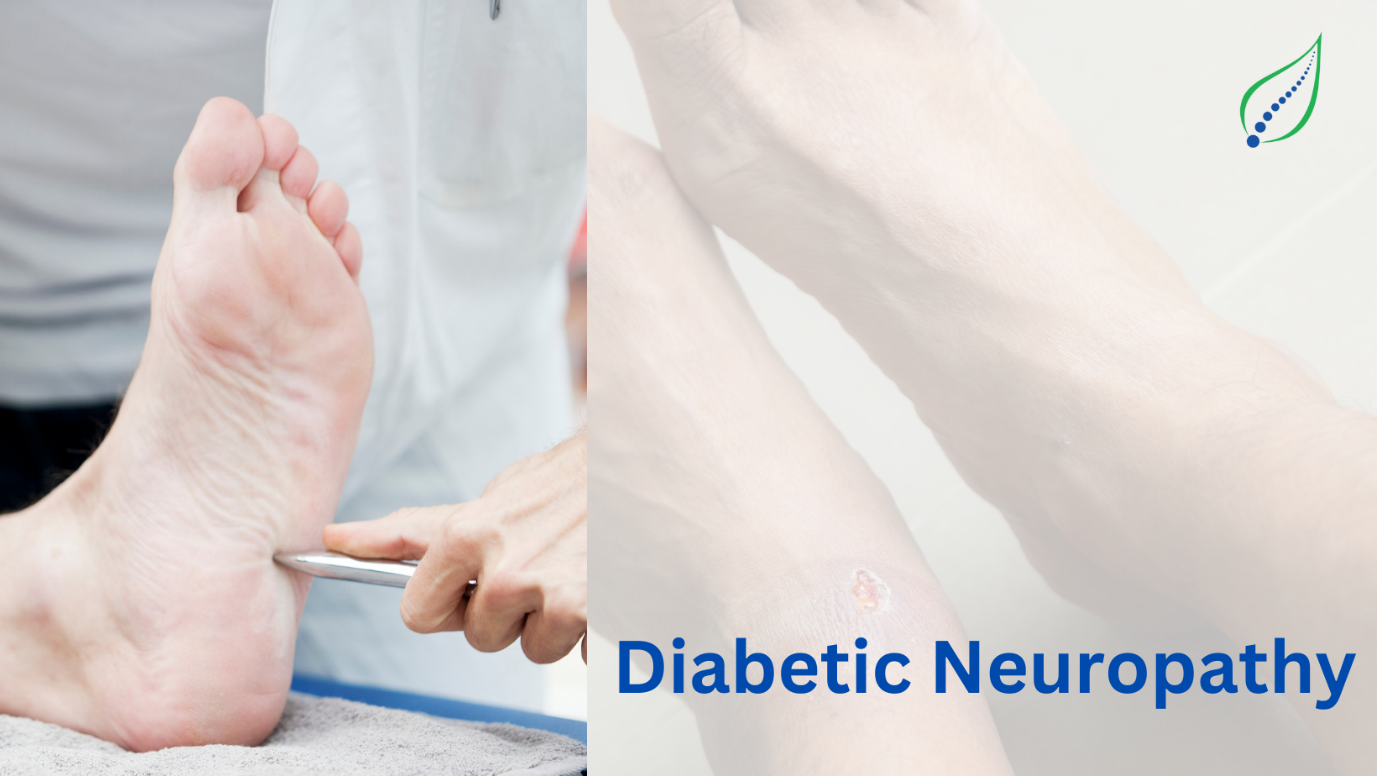Morton’s Neuroma
Morton’s neuroma causes pain in the ball of the foot. It is a benign tumor of the nerve, not actually a tumor, but a thickening of the tissue that surrounds the digital nerve leading to the toes.
Condition is also known as interdigital neuroma, Morton’s metatarsalgia, interdigital neuritis, or a plantar neuroma.
Morton's neuroma most frequently develops in the area between the third and fourth toe i.e. the third web space usually in response to irritation, trauma, or excessive pressure.
CAUSE:
The exact cause of a Morton’s neuroma is not known, but current research suggests it is likely the result of entrapment (i.e., compression or squeezing) of the common digital plantar nerves in the web space may trigger swelling and cause abnormal tissue to form in and around the nerve.
SYMPTOMS:
- Persistent burning or sharp pain in the ball of the foot
- Pain may radiate into the toes, especially during weight bearing activities like running or walking.
- Night pain is rare.
- Patients frequently describe the sensation of having a pebble or marble under their forefoot as they walk.
- Pain is typically between the base of the third and fourth toes, but it can occur between the second and third toes as well.
- There may be numbness or an unpleasant tingling in the toes.
- Sprinters may feel pain as they push off from the starting block.
- Problems with shoe wear are common. High-heeled shoes, which put the foot in a similar position to the sprinter’s push-off, can aggravate the condition. Tight, narrow shoes also aggravate this condition by compressing the toe bones and pinching the nerve.
INVESTIGATION:
- Mulder’s click- squeezing foot to check for click between the toes.
- X-ray may be required to rule out stress fractures.
- Advanced imaging, such as an MRI, may be necessary in certain cases, but this is often not needed.
TREATMENT:
- Changes in footwear- Avoid high heels and tight, narrow shoes; choose wider shoes (i.e., a wide toe box) with lower heels and a soft sole. This enables the bones to spread out and may reduce pressure on the nerve, giving it time to heal.
- Orthoses- Custom shoe inserts and metatarsal pads/bars can be added to your shoes. These may help relieve irritation by changing the location of forces on the forefoot and separating the bones, which reduces the pressure on the neuroma.
- Injection- One or more injections of a corticosteroid medication can reduce the swelling and inflammation of the nerve, bringing some relief. Another type of injection is nerve ablation, which involves radiofrequency current that permanently stops the nerve from sending out pain signals.




